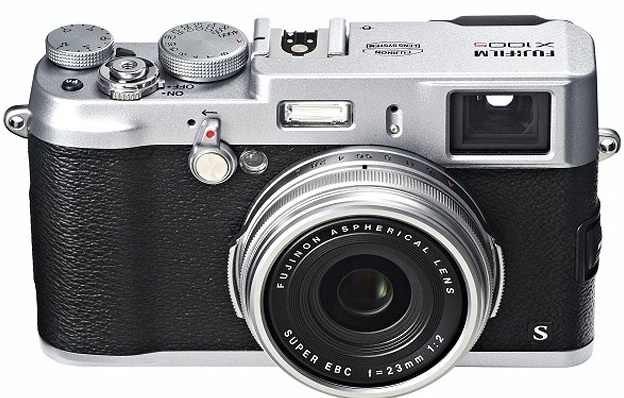Second time lucky?

Though I bought the Fuji X100 shortly after it became available, by the time it arrived reports confirmed that the software was deeply flawed and the camera was cursed by slow AF. So when it arrived I flipped it for a quick ‘unopened box’ sale and kept the profit.
In the meanwhile Fuji tinkered mightily with the software bugs, things like preferred settings disappearing after a battery change, but the poor AF performance was never really fixed.
Now they are having another go and I am more than willing to give this innovative camera maker a second chance.
The replacement, named the X100s, has the benefit of all the testers – they are known as customers here – reporting software bugs, so that side should be robust. The new version has the same body and fixed 23mm f/2 (35mm FFE) lens and hybrid viewfinder, a 16mp CMOS sensor replacing the earlier 12mp, and adds three focusing features which should transform the user experience. The more important of these is that a phase detection sensor array has been added for fast focusing in decent light – just like the system used by the stellar Panasonic G1 and G3 bodies I own whose AF is fast if not Nikon/Canon DSLR fast. The other two new focus features include an innovative manual focus aid which Fuji calls ‘Digital Split Image’ and focus-peaking. The Digital Split Image works in the EVF finder mode only and splits an unsharp image into horizontal strips. Get it right and the strips disappear. Sort of like a Leica M rangefinder patch on steroids. I’m not that sure that MF makes much sense in a fast street snapper like this but it’s clever and I look forward to trying it. The other MF assist is focus-peaking which highlights the sharp areas in the EVF.
This is the sort of innovation Leica can only dream about and I would be prepared to bet that Fuji will release a full frame version of the APS-C X100s before long. Given that a 35mm lens was what I used on my Leicas 90% of the time it’s not inappropriate to think of this as a Leica killer. The new Leica M and a 35mm Asph Summicron will run you $10,000. I would guess an FF Fuji with a fixed 35mm f/2 lens would come in under $2,000. Fuji will sell all they can make. Hopefully they will make a further follow up with a second body with a 75-90mm fast fixed lens which will make for the ideal outfit. Two small cameras, one wide, one medium-telephoto.
Other good news is that Adobe has enhanced its RAW processor in LR and PS to take advantage of the unusual pixel arrangement in Fuji’s sensor so enhanced image quality should come with the upgrade.
Hi Tom: Are you going to pull the trigger? I’m currently using the Panasonic G2 and am thinking that this might be a nice camera to move to!
Almost certainly, based on the early reviews. I’m using the Panny G3 and this seems better for street work in most regards, especially now that they appear to have fixed the slow AF. Availability is the main cause of delay. – Ed.